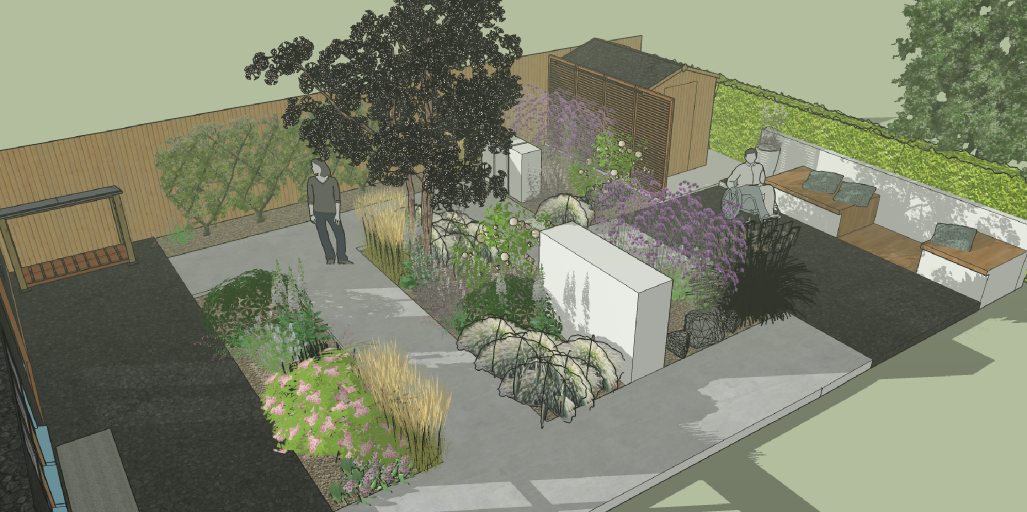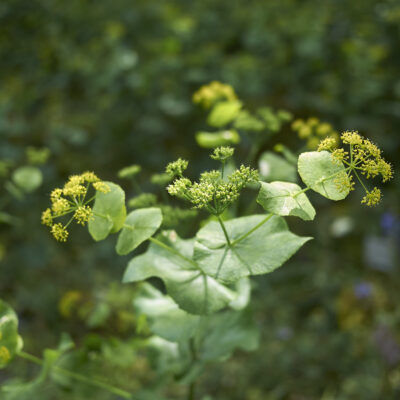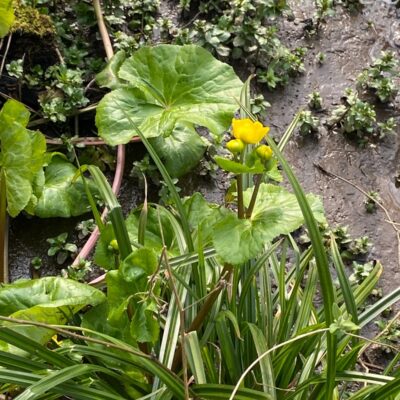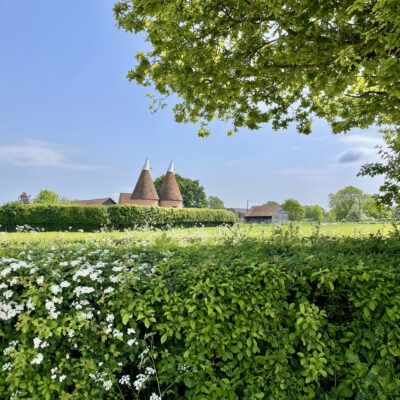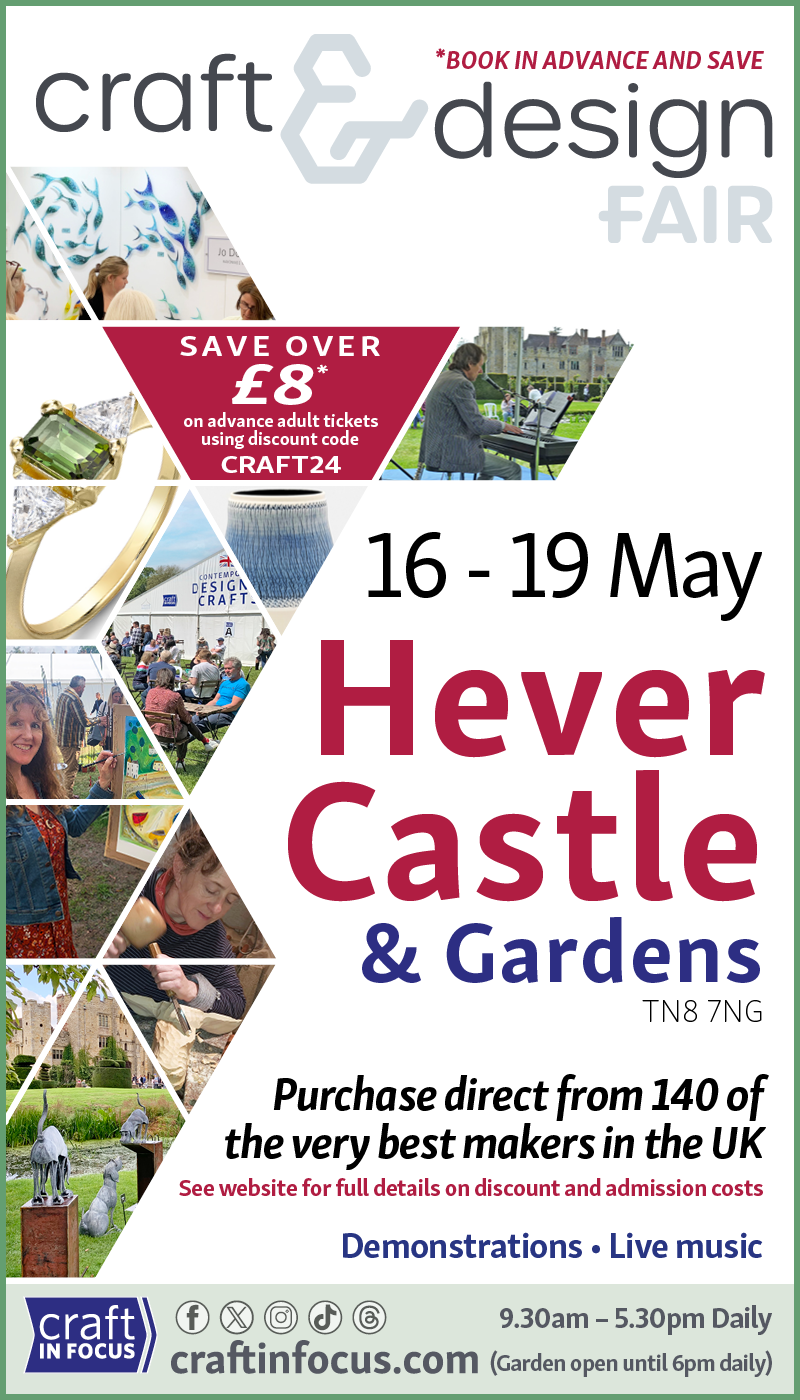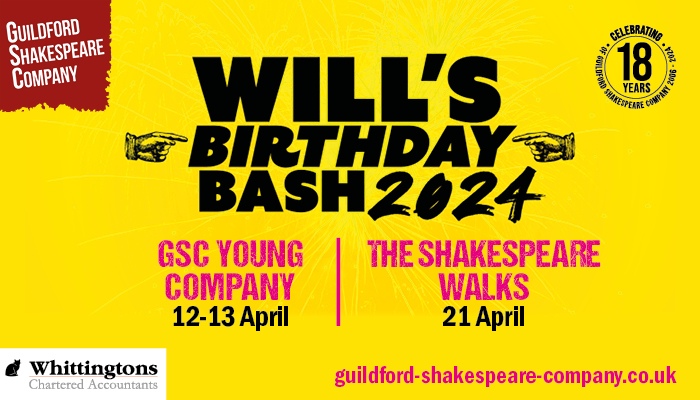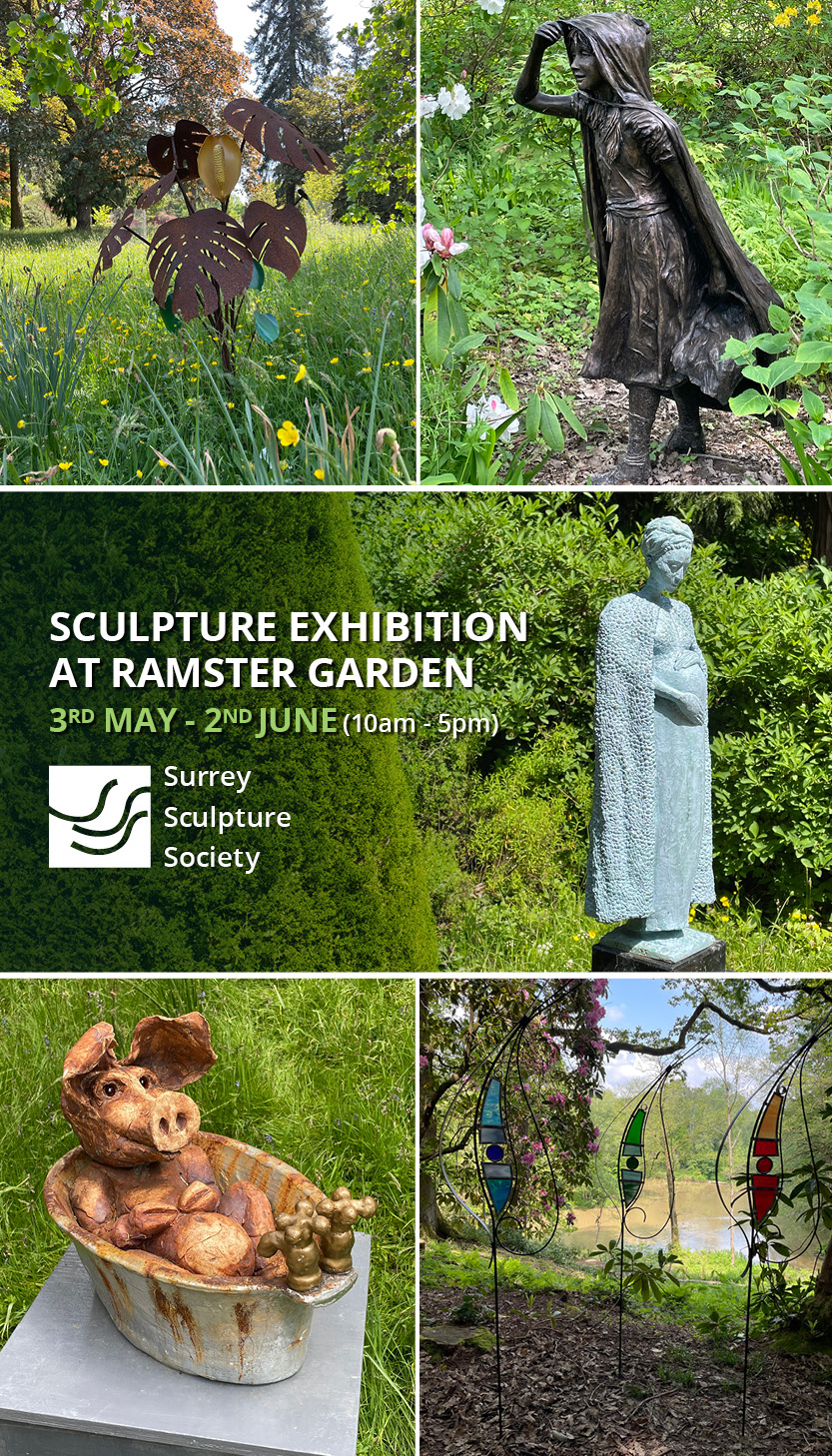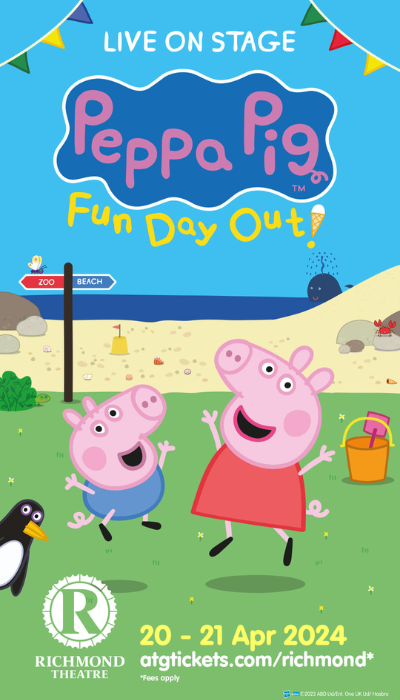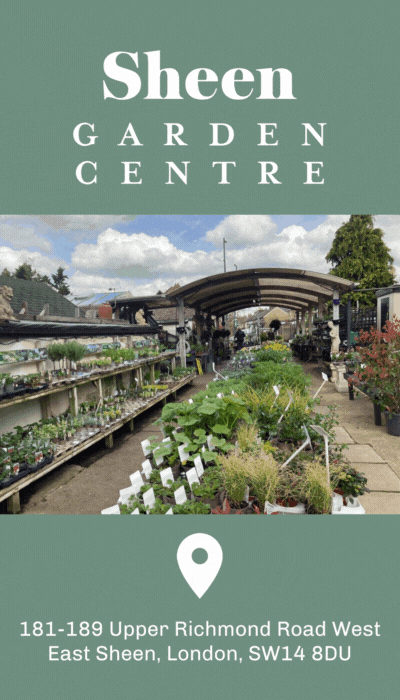For those that don’t know, how did you get into gardening? Both sets of my grandparents were very keen gardeners. My paternal grandparents had a large garden and I would spend hours following my grandfather around. He taught me how to sow seeds, how to divide plants, how to put colours together and more importantly close my eyes and listen to the garden. I remember to this day lying on my back in the middle of the main lawn on a very hot summer’s day with my eyes closed and smelling the roses as their scent was carried along on the breeze. I cherish all of these memories, although it was not until much later when my partner and I bought our first house in London, and then in Pluckley, Kent, and now in a small village on the outskirts of Canterbury that I really started gardening. With each move we acquired a larger plot and when I became a landscape designer and BBC gardening presenter I started to look at plants, gardening and horticulture in a much broader sense.
How has gardening helped you? Without gardening I would be a completely different person today. I was born with spina bifida and several years ago I was in a car crash which resulted in me being a wheelchair user full-time. I was very lucky to have spent some of my rehabilitation at the Royal National Orthopaedic Hospital in Stanmore where I was introduced to horticultural therapy. I was already gardening by this point but through slight adjustments to posture, pacing my gardening activities and being introduced to alternative ways of doing gardening my rehabilitation took an upward turn, and I have not looked back since. I love every aspect of gardening, from sowing a seed and watching it grow, to composting, pruning and even weeding. I spend hours outside gardening and every stress of modern day life seems to disappear and my breathing slows down. I also love my job as a landscape designer, and being in a wheelchair has not stopped me, nor has it hindered me with site surveys, designing and managing projects. Gardening is good, both physically and mentally, for my health and wellbeing. I am living proof. This is why I am honoured to be the first Health, Wellbeing and Community Ambassador for Groundwork and an Ambassador for Thrive.
When planning a garden that is wheelchair friendly, where do you begin? The first thing to consider is the person in the wheelchair. Do they use a wheelchair all of the time? What is their condition or disability? How far can the person reach? Can they twist their body, lean forward or use their hands? I suppose what I am saying is that every wheelchair user is different, and every wheelchair is different. There are regulations that stipulate how wide a path needs to be, for example, but depending on the size of the garden adjustments may have to be made in order to work specifically for an individual. In most cases, the hard landscaping must be firm, stable and level. There needs to be enough traction to a surface to stop a wheelchair sliding, but too much traction can make it very difficult for someone who self-propels their wheelchair.
Regulations aside, a big aspect of designing or planning a garden for a wheelchair user is their viewpoint. People in wheelchairs see a garden from a much lower position so a focal point in a garden may have to be tweaked slightly. Planting feels taller to a wheelchair user, so the right use of plants needs to be taken into account and lighting needs to assist and not blind. So, there are many considerations, too many to write about now.
What’s the most valuable piece of gardening advice you’ve ever been given? Have a go, have patience, enjoy yourself and not to be disappointed if a plant dies.
What’s been your biggest gardening challenge to date? As a landscape designer I think it is about to start, but I cannot say what it is for. As a gardener in my own garden, nervously opening for the first time this year for the National Garden Scheme. I know the garden has to look its best from May to September, so a lot of preparation in March and April.
What are you working on at the moment?
Filming for BBC Gardeners’ World, acting in my Ambassadorial roles, writing for magazines and currently designing and managing ten projects.
TEST

Mark Lane, TV presenter and writer
- words: Mark Lane
You may also like
Go with the Flow
Sue Whigham shares some valuable new-to-gardening advice I’m sure that by now we should be used to the rain but I’m not entirely sure that we are. We had a dry, sunny day the other day and how everybody’s mood...
Farm Fables
Jane Howard gets to the bottom of why so many ponds have disappeared across the High Weald I have a new passion, almost an obsession, it’s about ponds. And there’s a distinct possibility I might become a bit of a...
Hedge Issues
Sue Whigham takes a meander along nature’s verdant and vital corridors Recently the BBC’s Today programme carried a feature about England’s hedgerows which created a lot of interest among listeners. On the strength of that, Martha Kearney interviewed one of...
